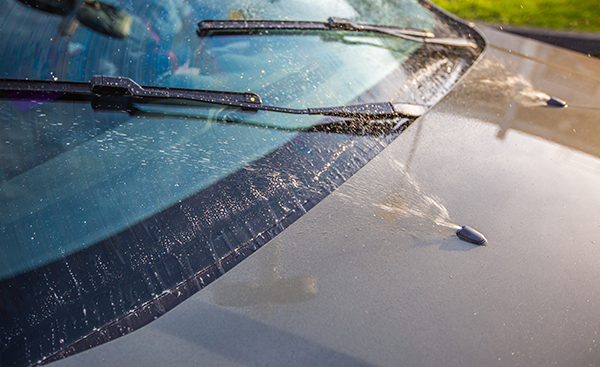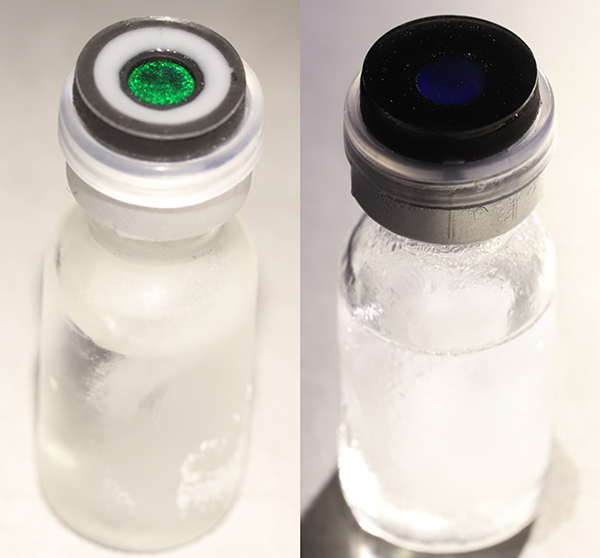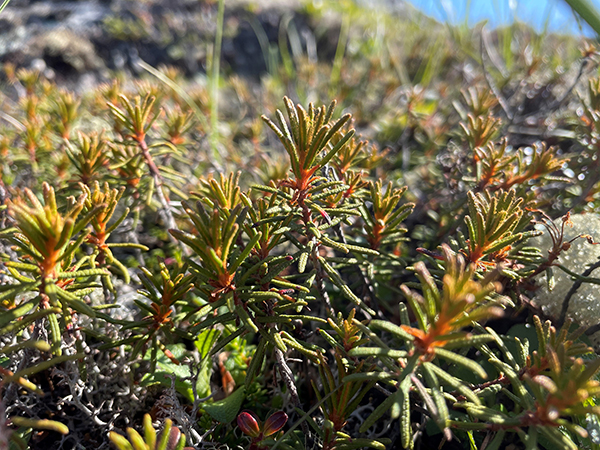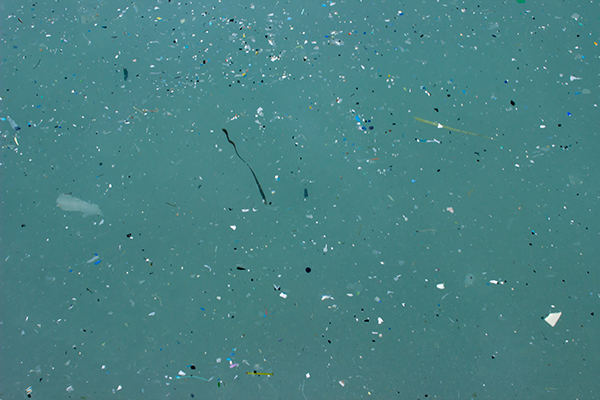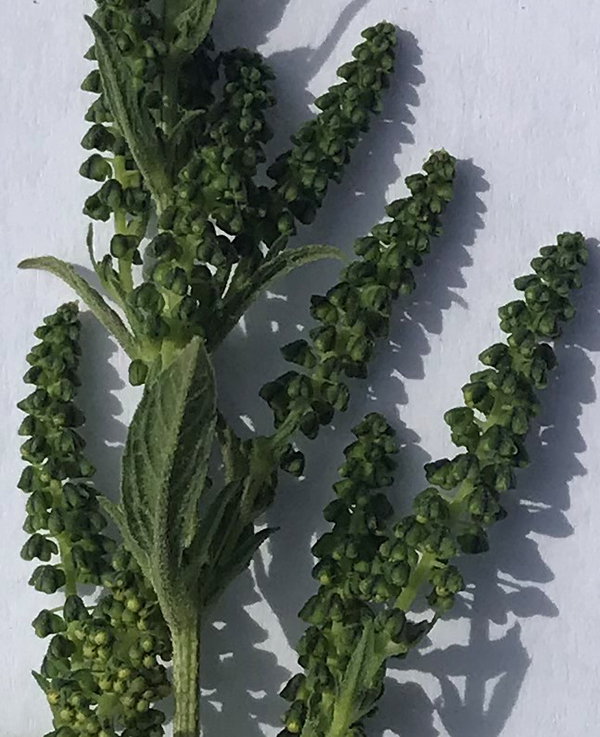FOR IMMEDIATE RELEASE
Because we don’t have crystal balls to show us how the world used to look, scientists must rely on preserved artifacts and specimens to provide the details. Below are some recent papers published in ACS journals that have unearthed insights from historic items and provided suggestions for protecting relics. Reporters can request free access to these papers by emailing newsroom@acs.org.
“Two Pathways for the Degradation of Orpiment Pigment (As2S3) Found in Paintings”
Journal of the American Chemical Society
April 14, 2023
Oil paintings created before the 19th century often included arsenic sulfide pigments, such as orange or red realgar (As4S4) and yellow orpiment (As2S3), and they’ve faded over time, losing their depth and original details. This study shows how that could have happened for orpiment. In the presence of light, the original compound can oxidize into white arsenolite (As2O3). And when mixed into a linseed oil medium, As(V) compounds can form, which might react with metals in other pigments, leading to cracks, flaking or a crust.
“Can Preserved Museum Specimens Be Used to Reconstruct Fish Mercury Burden and Sources through Time?”
Environmental Science & Technology Letters
Feb. 1, 2023
Since the 1800s, fish specimens have been collected and stored at museums, potentially providing an archive of pollutants in past environments. These authors determined that some preservation techniques have impacted mercury levels in these types of samples. However, they provide recommendations for choosing specimens and suggest measuring methylmercury levels rather than total mercury to improve the accuracy of the comparison between historical and contemporary fish. By following these precautions, they say that museum fish collections can still be helpful in reconstructing mercury trends in the environment over time.
“Insight into a Bentonite-Based Hydrogel for the Conservation of Sandstone-Based Cultural Heritage: In Situ Formation, Reinforcement Mechanism, and High-Durability Evaluation”
ACS Applied Materials & Interfaces
Nov. 8, 2022
To better conserve relics constructed from sandstone, researchers have modified bentonite — the main component in this type of rock — and combined it with hydrogel precursors. Spraying the solution onto rock surfaces allowed it to penetrate into pores and cracks where it solidified into a jelly-like cement, providing resistance to acid corrosion, salt crystallization and freeze-thaw cycles. The researchers tested the bentonite-based hydrogel on ancient carved sandstone statues, finding no changes to the relics three months later, which they say shows its potential for preserving cultural artifacts.
###
The American Chemical Society (ACS) is a nonprofit organization chartered by the U.S. Congress. ACS’ mission is to advance the broader chemistry enterprise and its practitioners for the benefit of Earth and all its people. The Society is a global leader in promoting excellence in science education and providing access to chemistry-related information and research through its multiple research solutions, peer-reviewed journals, scientific conferences, eBooks and weekly news periodical Chemical & Engineering News. ACS journals are among the most cited, most trusted and most read within the scientific literature; however, ACS itself does not conduct chemical research. As a leader in scientific information solutions, its CAS division partners with global innovators to accelerate breakthroughs by curating, connecting and analyzing the world’s scientific knowledge. ACS’ main offices are in Washington, D.C., and Columbus, Ohio.
To automatically receive press releases from the American Chemical Society, contact newsroom@acs.org.
Note: ACS does not conduct research, but publishes and publicizes peer-reviewed scientific studies.

